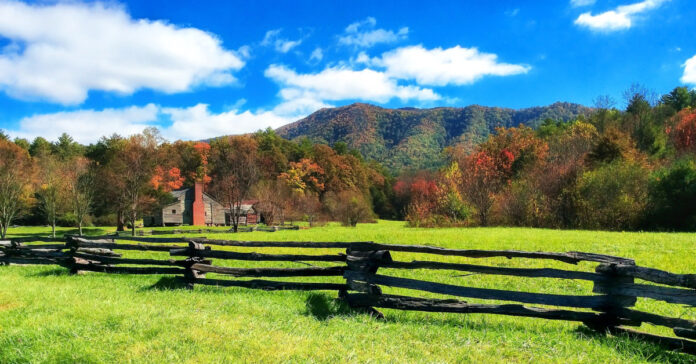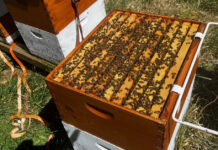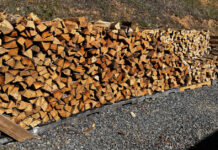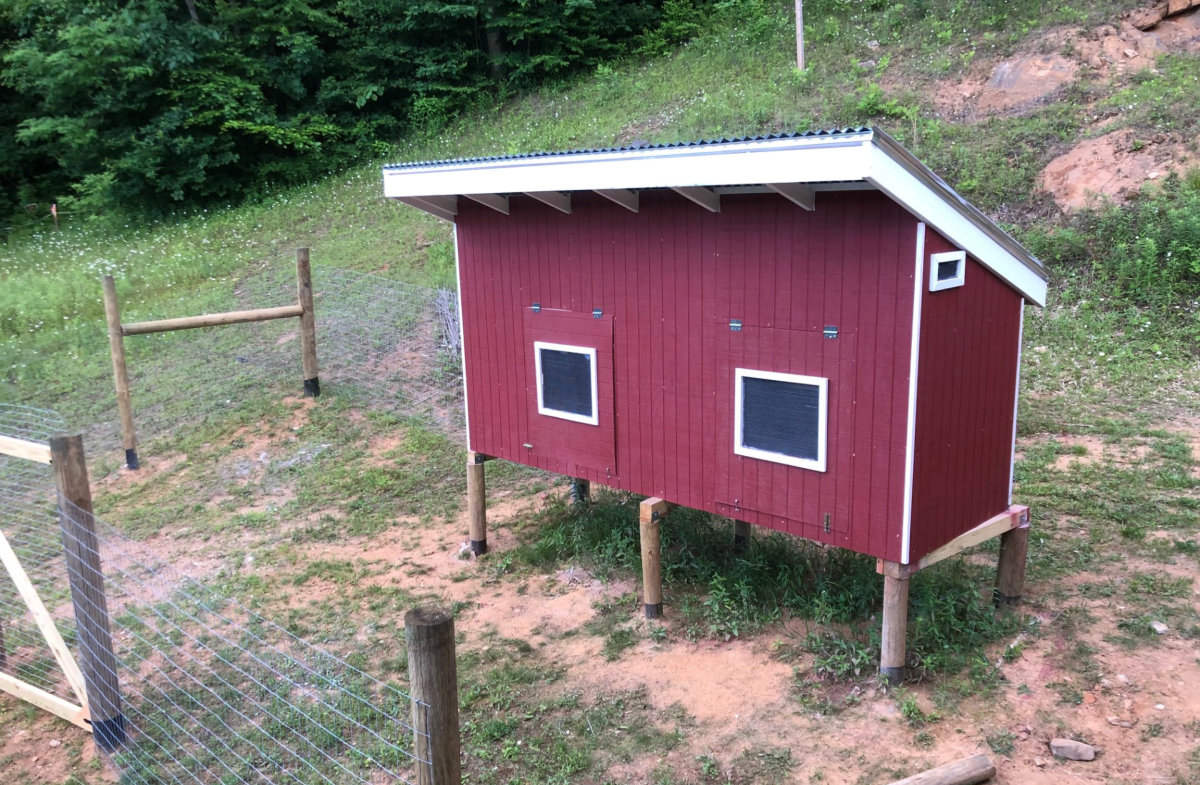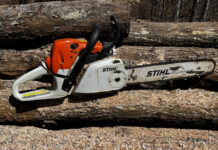I have started to jokingly refer to watching how-to videos on YouTube as going to “YouTube University.” Over the past two months, I’ve stepped up the number of videos I watch on a variety of homesteading topics, such as:
- The many aspects of beekeeping
- Raising chicks and setting up a brooder
- Building sturdy gates for our garden
- How to set up the framing and rafters on my chicken coop
- How to install fencing including corner braces
- Building raised beds
Much of this is stuff about which I have an idea, but I find YouTube helps me confirm that what I planned to do is right or it sets the bar higher and builds my knowledge. For example, when I started raising bees in 2009, I had a book on backyard bee keeping, but not much else. Today, I can pull up almost any topic I want and watch several videos on it. For example, my understanding of the development of a bee from an egg onward and how a bee’s role in the hive changes based on its age has been enhanced by watching beekeeping videos. SO has my understanding of mite control.
I watch some survival videos, but I don’t find them as helpful. In 25 years as a survivalist, I’ve seen all the lists of items you should have for barter, top ten important preps, and heard about the impending disasters more than a few times. Please notice that while I encourage you to prep, I’m not selling you a product you “must” have to survive. That’s not the case with every YouTuber.
Separate the Video Wheat from the Chaff
One thing I have found with YouTubers is that sometimes you have to take things with a grain of salt. In other words, don’t believe everything you see on YouTube. That’s one reason I watch multiple videos on the same topic: Because sometimes they contradict each other. It helps if you have some experience or at least and idea of what you are doing.
For example, when watching videos on installing corrugated galvanized steel roofing, the question comes up of whether to install the screw in valley or on the hump. The low part strikes me as the intuitive place because it will give you a good solid lockup with the wood below. Then I watch a video from a manufacturer, and they recommend inserting the screw at the high point because if a leak develops, it will leak less. They also say that the screw in the valley could collect debris (like leaves) and cause water to damn up behind it. That sounds pretty legit. “Wow, glad I watched this video or I would have gotten it wrong. Then, as I am watching additional videos, a different manufacture recommends placing the screw in the valley. My conclusion? I’m screwed!
Getting Carried Away
Content providers also have a way of getting carried away. They start small and are very authentic. Then, as their audience grows, and the money flows in, video production becomes their job instead of a way to share their experiences. They go from someone who moved to the country or off grid to re-start their life, live frugally, and raise their own food to a homesteading machine that has to generate new content once or twice a week.
Suddenly, that whole frugal thing goes out the window and they start buying heavy equipment, building barns and workshops, getting more livestock, and doing reviews of products they don’t really need but got for free in return for a review. Their authenticity, which is what made them watchable in the first place, fades as the content providers stretch (and stress) to provide new content on a rigid schedule.
Going Downhill
I think it was Mario Andretti who said something like, “If you are coasting, you’re going downhill.” Americans like to move forward. They want to win. Even homesteaders, who started with a dozen chickens want to grow their flock. I can feel the pull myself. Watching people with hundreds or even thousands of bee hives, I think “Cool!” and wonder what it would be like to have 100 hives.
And then I realize: It would be work. It would not be a hobby, it would be a job.
Not only would having 100 hives suck up all my time, but all my money; I estimate it would take five to seven years to pay off my startup costs for 100 hives, assuming things went well. I might even need an employee, insurance, a building, and if I’m going to do that, then why not have 200 hives? Or 500? When does it stop?
Bigger is not necessarily better. In fact, depending on your objectives, it can be worse. Stop using their yardstick to measure success and use yours.
Cutting Back
I would argue with Mario Andretti, who implies that coasting is a bad thing. I got rid of my bike, but from what I remember, coasting downhill was the fun part of riding. We used to downhill ski, too, and as a kid, I skateboarded. Seems to me that coasting downhill may be where the fun is. So let up off the accelerator and have some fun.
Life doesn’t have to be a race. He who dies with the most toys doesn’t win, they just create more work for their kids and their executor. No one sees a hoarder’s house and gives them a congratulatory high five.
Step back and remember why you became a homesteader. Probably to live closer to nature, to know where your food came from, to get away from society, to keep your kids out of those terrible public schools, and to get away from the rat race. Have you achieved your objectives? Did you step away from the rat race, or did you just move it to your back yard? Do you now have tractor envy? Or think you need a saw mill because you saw it on YouTube? Time to take a breath and step back.
I’m not saying give up. I’m saying that homesteading is hard enough work without going over the top. Find the zone where enough is, well, enough to make you happy. Figure out where the line that demarks the point of diminishing returns lies and dial it back until you are safely behind it. Get back to your homestead roots.

